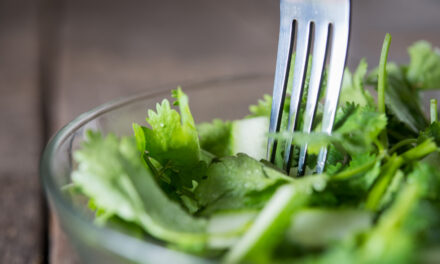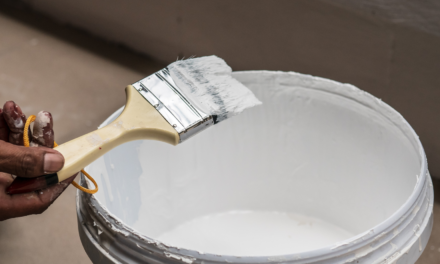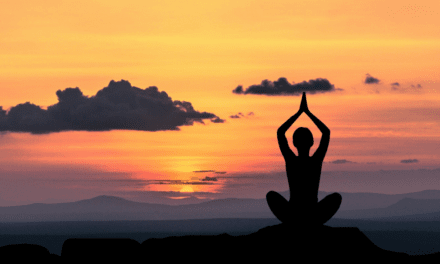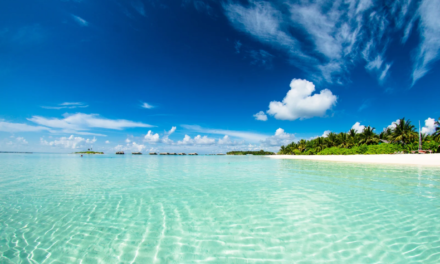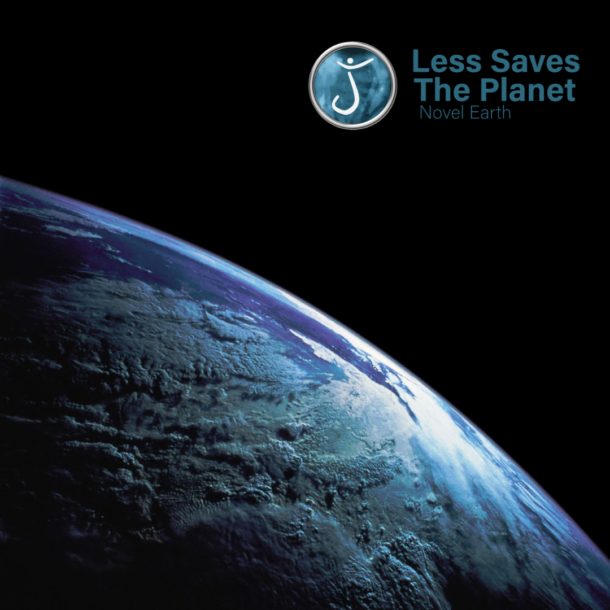
The chickpea : a vegetable that adapts to new climatic conditions

The chickpea: The gourmet pea that makes your immune system shy, the chickpea! Often used by vegetarians to replace meat and fish, this small legume is full of benefits for your health, and the planet. Not only does it help your body function properly, but it also requires little maintenance, uses little water and is a natural fertiliser. The “eat-all-pea” has it all, and we’ll tell you why!
The chickpea comes from the Mediterranean and is cultivated mainly for its small seeds. Indeed, this cereal product is widely used in many dishes in the South of France and the Near East. It is also a central food in some countries and cultures such as India.
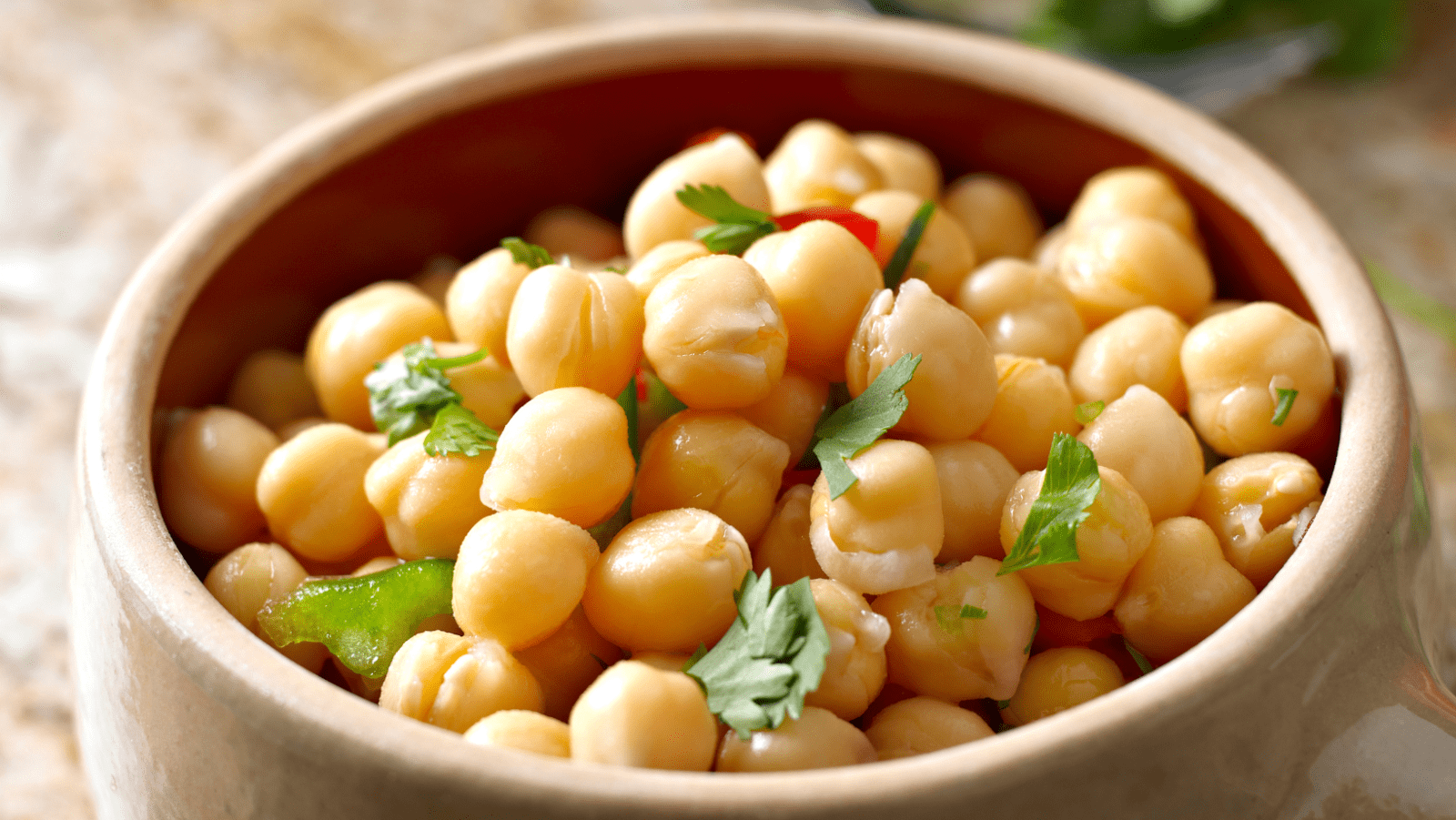
Chickpeas: easy to grow, low water and low maintenance
In periods of repeated drought, fruit and vegetable farming can become a challenge. Fortunately, the chickpea is not only delicious, but also extremely easy to grow and resistant to almost anything.
It likes warmth and thrives in dry, poor soil. It can be found in areas with poor soil. India and Australia are the main producers, but some French regions such as Vaucluse, Var and Alpes de Hautes-Provence also produce them. So, to reduce your carbon footprint further, opt for the French variety !
This legume is also resistant to climatic hazards, diseases and pests. The good news is that in times of climate change, this is the only thing that can destroy it. And the only thing that can destroy this hardy plant? Too much water! Too much water or soaking wet soil is often the cause of its demise.
It only needs 20 to 30 mm of water per season to grow and flourish. It does not even need to be irrigated. The plant’s roots draw the necessary amount of water directly from the soil.
What’s more, we can produce a lot of them. Chickpeas are grown in tight rows every 20 centimetres. If you decide to plant them in your garden or vegetable garden in the corners where nothing else is growing, you will end up with a beautiful plant cover.
All this makes it possible to greatly limit the use of pesticides and phytosanitary products.
So you see, thanks to its high fibre and protein content, chickpeas are likely to become a central food in the future, good for the body and the planet!
Chickpeas: a natural fertiliser for the soil
Besides being delicious and easy to grow, they are a natural fertiliser.
The legume captures nitrogen from the air and uses it for its roots. Thanks to nodular bacteria on its surface, it uses the nitrogen to make the soil fertile, which in turn allows it to grow and prosper.
Nitrogen is an extremely important element. All living matter is made up of nitrogen and our atmosphere is full of it. It is found in proteins, nitrate and nitrite. All this makes it a powerful and essential fertiliser for the proper development of plants.
And if you plant chickpeas next to other nitrogen-intensive plants, this incredible pea will encourage the exchange of nitrogen with them.
So don’t hesitate any longer: chickpeas are good for your health, for water conservation and for fertilising the soil!
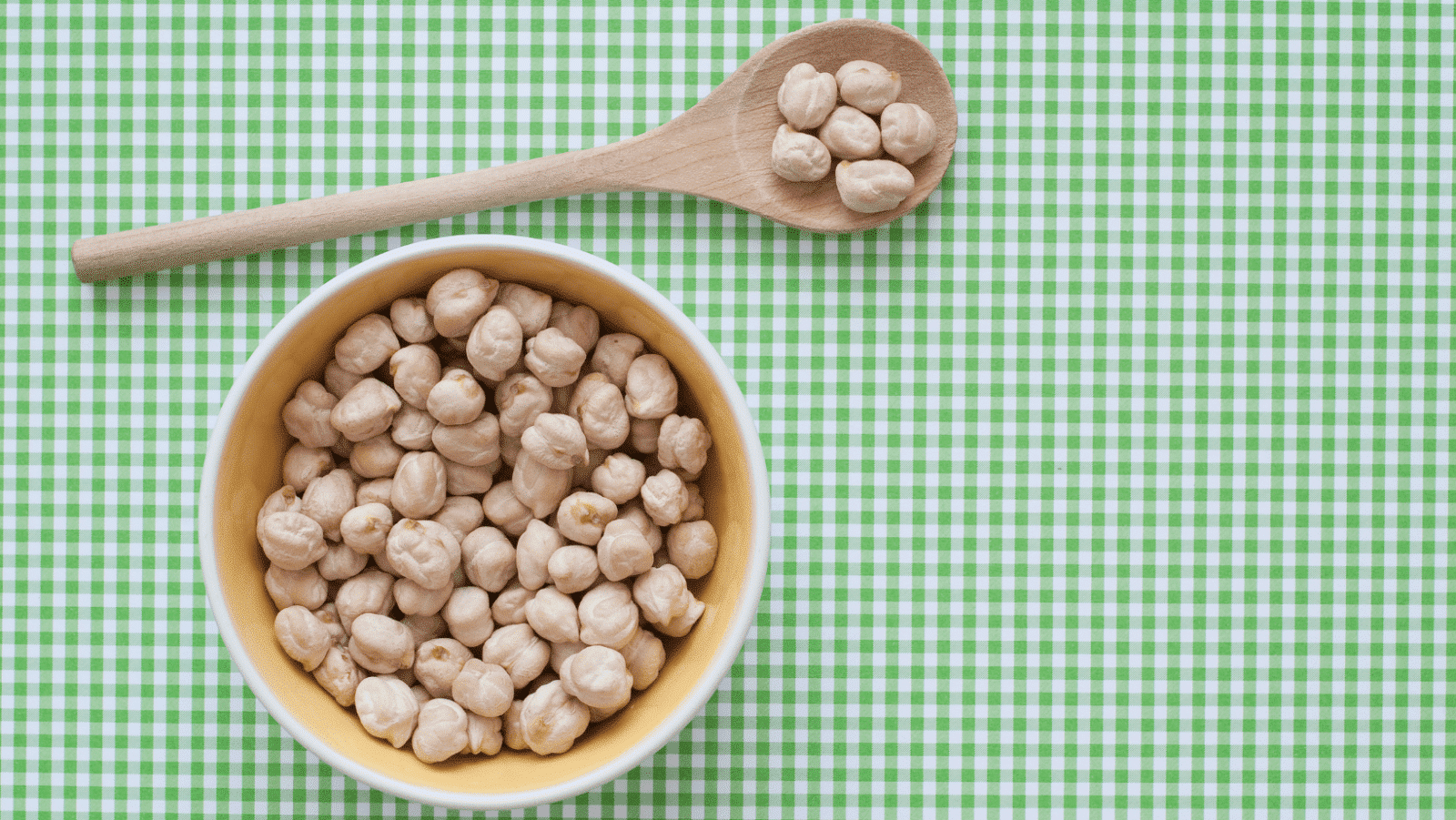
Chickpeas: good for your health and with a variety of variations
As a source of protein, vitamin B9, fibre, essential amino acids, minerals and trace elements, these peas offer many properties for your body and can be cooked in many ways, making them a very interesting food from a nutritional point of view.
And that’s not all! They also contain manganese, copper, phosphorus, zinc and iron, all of which help your body to function properly. Because of its high vegetable protein content, it is a very popular food for vegetarians and vegans. It is also appreciated for its low fat content.
As a result, chickpeas reduce the risk of heart disease and cardiovascular accidents, but also assimilate and store insulin, which is ideal for diabetics. By improving blood circulation and blood pressure, it is perfect if you suffer from high blood pressure. Finally, they also have an impact on the intestinal flora by promoting the growth and multiplication of good bacteria in the intestine.
In addition, it is a legume with a delicious taste. Among the variations of chickpeas, the most surprising, its juice! Yes, yes, the juice in which the pea is bathed can be used and is guaranteed to be anti-waste! It can perfectly replace eggs in a recipe, you just need to mix it vigorously to obtain the same texture as beaten eggs.
This allows you to limit your food waste by using every last drop of your can. The taste is also neutral, so you don’t have to worry about it!
If you are gluten intolerant, or just want to reduce your intake, chickpea flour will be your best friend! It can be used in everything from pancakes, pancakes, doughnuts and even pizza dough.
This flour is also widely used in Indian food. Although it has a slightly sweet taste, it has the disadvantage of not being able to rise, so it must be combined with another flour. For example, rice flour goes very well with chickpea flour.
To keep up to date with all our news, follow us on Instagram and on our Twitter account.
We post daily on our social networks so that you can keep up to date every day. You can also share our content on your own networks from the options at the bottom of the page!
The preservation of clean water and access to it for all is at the heart of Less Saves The Planet’s commitments. You can now read Chapter 4 SAVING WATER AND THE EARTH from our book Less Saves The Planet available for free. The entire book is also available on our website.
See the article on SHOWERLOOP: THE INFINITE SHOWER
See you for our next article !







